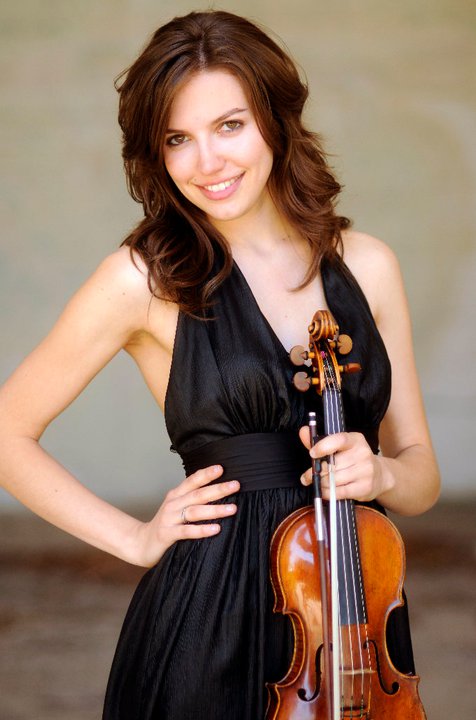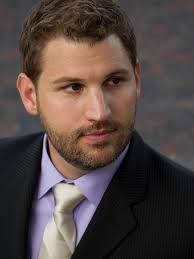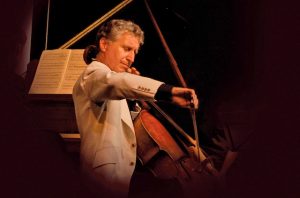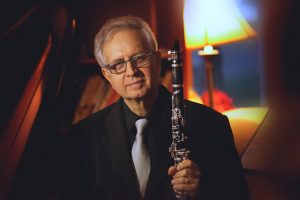“Fiddler OFF the Roof”
Close Encounters With Music
Mahaiwe Performing Arts Center
Great Barrington, Mass.
Sunday, April 17, 2016
Review by Seth Rogovoy
(GREAT BARRINGTON, Mass.) – The Close Encounters With Music series took on the monumental challenge of exploring “What Is Jewish Music?” in a diverse program of classical and popular works of the 19th, 20th and 21st centuries in “Fiddler OFF the Roof,” a chamber concert boasting exquisite musicianship at the Mahaiwe on Sunday afternoon.
Works performed included those by Felix Mendelssohn, Mahler, Ravel, Achron, Bernstein, Weill, Gershwin, and Bruch, performed with virtuosity and passion by the revolving quintet of featured musicians, all of whom had their moments in the spotlight as well as intricate dialogues and trialogues and group conversations.
The instrumental quartet kicked off the lengthy program with two divertimenti from the two-act opera “Gimpel the Fool,” a refracted, nearly Cubist rendering of Old World klezmer by David Schiff. (The original work is based on the Isaac Bashevis Singer story of the same name, and featured a libretto by Singer himself.) The work began, klezmer-style, with a rubato lament played by clarinetist Paul Green, before erupting into a potpourri of Eastern European melodies and rhythms, in one of many historical attempts, including several on the evening’s program, to take the folk and liturgical music of Yiddish-speaking Jewry and dress it up for the concert stage.
Russian-Jewish-born composer Joseph Achron’s “Hebrew Melody” – originally championed by violinist Jascha Heifetz, and here a showpiece for violinist Sarah McElravy – did likewise. As is typical of such efforts, McElravy – who greatly to her credit appeared to be playing off book for much of the number and who boasted a full, rich and dark tone throughout the octaves – exchanged the signature achy, bent and cracked notes of the Old World fiddler, adapted from the oral tradition of the khazn, or cantor, for classical vibrato, while still investing the piece with deep emotion.
McElravy also delivered German-born, Israeli composer Paul Ben-Haim’s “Berceuse Sfaratide (Sephardic Lullaby),” a similar effort in translating folk music – in this case, from the Spanish diaspora – to the concert stage.
Tenor Alex Richardson joined in the fun beginning with French (non-Jewish) composer Maurice Ravel’s take on the Jewish-Aramaic liturgical “Kaddish,” a blessing of praise. Accompanied by pianist Michele Levin, Richardson delivered the number, which Ravel, a Roman Catholic, nevertheless wrote in Jewish modes, in the vein of the great performing cantors – some of whom also sang opera — of the first half of the 20th century. Whereas Ravel’s “Kaddish” sounded distinctly Jewish, the Mahler lied that followed sounded like something that belonged much more in the German tradition, in spite of the composer’s background, making the apt point that music doesn’t necessarily know ethnocultural boundaries – no surprise to those who realize that the commonly sung, boisterous synagogue melody, “Adon Olam,” is most often sung to the tune of a German drinking song.
Richardson continued with three numbers by the greats of classical-popular fusion for the stage – Leonard Bernstein’s Mahleresque “Lonely Town,” Kurt Weill’s “Lonely House,” and Roy Orbison’s “Only the Lonely”…. Just kidding, although that would have been equally appropriate, at least thematically. I mean George Gershwin’s “They Can’t Take That Away from Me.” In the Bernstein tune, the synagogue met the dance hall, with the dance hall ultimately triumphant. The Gershwin tune clearly adopted Jewish modes for its signature melodic riff, for which Close Encounters artistic director Yehuda Hanani, also the evening’s cellist, prepped the audience in his enlightening pre-concert talk.
A highlight of the evening was the world premiere of composer Paul Schoenfield’s “ZEMER,” commissioned for the program by Close Encounters With Music, and serving primarily as a showcase for Hanani. Most generally, “Zemer” is the Hebrew word for “song,” but it also is the second half of the Yiddish-Hebrew conjugate, “klezmer,” which means, approximately, “vessel of song,” perhaps a synonym for “instrument” or “musician” (take your pick according to your spiritual beliefs). A commonly used variant of the Hebrew zemer is the Yiddish word, zmiros, which commonly refers to table songs – melodies sung before and after meals, often on the Sabbath. These were the starting point for Schoenfield’s “ZEMER,” which had the feeling of one of those jaunty tunes. The number began in a Jewish mode, but flirted throughout with a major scale, as if recounting in music the sociocultural struggle between tradition and assimilation. The composer was on hand to receive hearty applause from the crowd on the occasion of its debut.
Another highlight of the program was undoubtedly Hanani’s rendition of Max Bruch’s “Kol Nidrei,” based upon the awesome, haunting melody that sets the tone for that holiest of holy days in the Jewish calendar, Yom Kippur. A showcase of the cello repertoire in any case, here it made sense both programmatically – Bruch was in fact not Jewish, and the success and popularity of this composition earned his music a Yellow Star i.e. a wholesale ban by the Nazi GGerman state – and musically. Hanani played the piece from memory, living and breathing the melody from his core as a cellist, a musician, and a spiritual being.
The first half of the program concluded with a feature for clarinetist Paul Green, a “Klezmer Melody” by Hungarian clarinetist Bela Kovacs, which followed the pattern of a typical klezmer suite, beginning with a doina, a free-metered showcase for the clarinetist, based on a shepherd’s lament, with glissandi substituting for the Old World fiddler’s ornaments, followed by a gasn nign, a street processional, before breaking into a shers – a kind of Old World square dance – and a no-holds-barred freylekhs – the rowdy dance music that probably is what most people associate with klezmer. Green himself explored the fine line between the classically styled version of klezmer and the folk-derived music itself, at times playing the melodic line straight or “proper,” at other times letting go with krekhts, kneytshn, and tshoks, the achy, bent, and cutoff notes of the Old World fiddlers that stem from cantorial technique and that were transferred to the klezmer clarinet in the late-19th and early-20th century, and which remain up to this day as perhaps the strongest accented quality of Jewish music.
The concert’s second and concluding half featured Felix Mendelssohn’s complete Piano Trio in D Minor, Opus 49, featuring Michele Levin in a dazzling display of keyboard majesty. The first section featured violin (McElravy) and cello (Hanani) in a discourse, which could have been heard as a dialogue between the great Jewish enlightenment philosopher Moses Mendelssohn (the cello) alternately teaching and lecturing his grandson, Felix (violin). Cello lines literally were repeated by violin, or completed by violin, with the deep cello sounding stern while its lighter offspring rendering the same music in more restless and energetic fashion. Meanwhile Levin laid down a thundering bed of harmony and rhythm that lent the piece its passionate and urgent context.
The second section, the Andante, was more relaxed, with cello and violin seemingly in agreement with each other and dancing more as equals than as teacher and student. The scherzo of the third movement featured all three instrumentalists in a dazzling dance, while the finale was a showcase for Levin before Hanani and McElravy brought the piece to a stunning, pointed conclusion.
Seth Rogovoy is the author of “The Essential Klezmer: A Music Lover’s Guide to Jewish Roots and Soul Music,” and a contributing editor to the Forward. He lives in Hudson, N.Y.




